On 14 April 2023 at 12:15UT, ESA’s JUICE thundered into the skies, carried aloft by a mighty Ariane 5 rocket.
JUICE – the Jupiter Icy Moons Explorer – will be some eight years from its final destination: Jupiter, the largest planet in the Solar System, and its enigmatic collection of satellites.
Through fly-bys of Earth and Venus, the JUICE mission will slingshot its way across the Solar System, crossing the gulf between our world and the Jovian system to arrive there in the summer of 2031.
Want to explore Jupiter for yourself? Read our guide on how to observe Jupiter through a telescope
It’s a voyage only a small number of spacecraft have ever achieved.
Once at Jupiter, JUICE will swoop past the three icy Galilean moons Callisto, Ganymede and Europa multiple times, before settling into orbit around Ganymede in 2034.
JUICE mission's science instruments
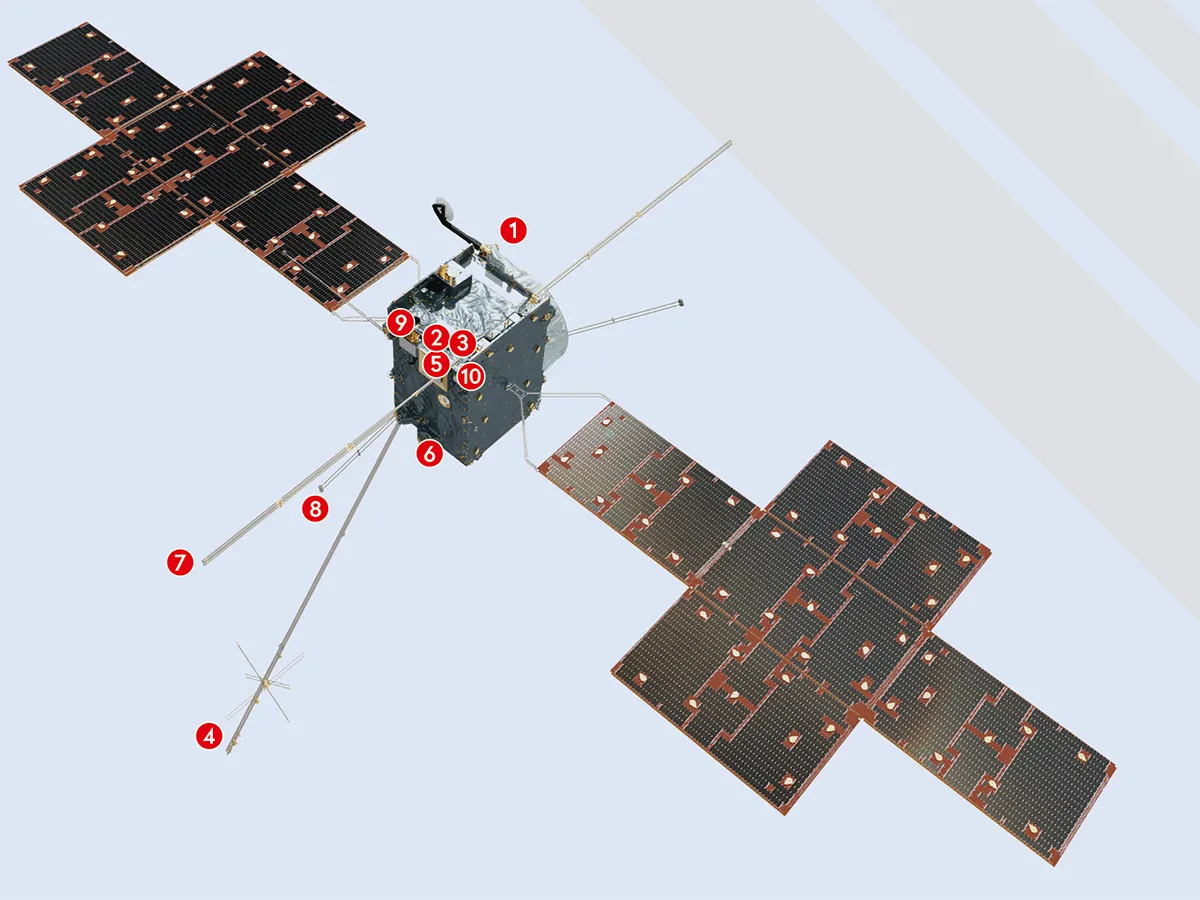
- 3GM (inside spacecraft) The Gravity and Geophysics of Jupiter and Galilean Moons instrument will build a picture of the interior of the moon.
- GALA The Ganymede Laser Altimeter will bounce a laser off the moon to create a detailed 3D modelof its surface terrain.
- JANUS The camera on board JUICE will take detailed images of the Jovian system. At Ganymede it should be able to pick out features just a few metres across.
- J-MAG The UK-led magnetometer will measure the magnetic fields of both Jupiter and its moons, and which are key to understanding the nature of the internal oceans of Ganymede and Callisto.
- MAJIS The Moons and Jupiter Imaging Spectrometer will examine the chemical fingerprints hidden within the light from its targets, revealing the composition of Callisto and Ganymede’s surfaces.
- PEP The Particle Environment Package will analyse the clouds of particles, plasma and gas that swirl around Jupiter, including the extremely tenuous outer atmospheres or ‘exospheres’ of Ganymede, Callisto and Europa.
- RIME The Radar for Icy Moons Exploration instrument will probe the frozen crusts of Ganymede and Callisto to around nine kilometres below their surfaces.
- RPWI Sensors on the Radio and Plasma Wave Investigation instrument will shed light on many processes, such as particles bombarding the surface and will even investigate any plumes.
- SWI Jupiter and its churning atmosphere will be one of the key targets for the Sub-millimeter Wave Instrument, which can study the wind speeds in the gas giant’s stratosphere.
- UVS The UV Imaging Spectrograph will analyse the aurorae that dance around Jupiter’s poles, as well as examining the exospheres of Ganymede and Callisto.
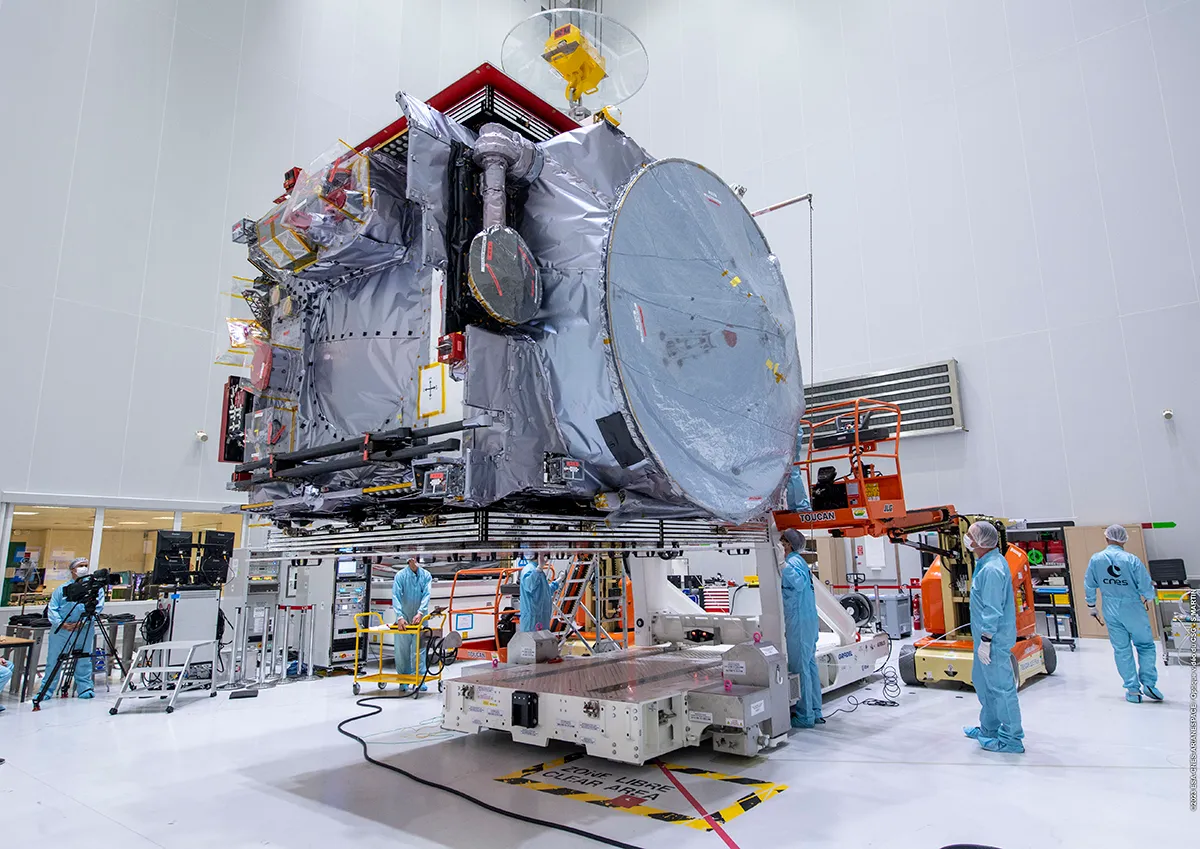
What will JUICE explore?
For those working on JUICE, it will be a chance to dive deep into the secrets of worlds whose mystery has only grown the more humanity has learnt about them.
Professor Michele Dougherty, a planetary scientist based at Imperial College London, is one of many researchers eager to explore the Jovian system.
Her involvement in JUICE has been a long one, stretching back some 15 years to the early planning days, when it was going to be a joint US and European project.
Now Dougherty is the lead scientist on the magnetometer that JUICE will carry with it to Jupiter.
This instrument, built here in the UK, will examine the magnetic fields of the moons Callisto, Ganymede and Europa in unprecedented detail.
And indeed it is those fields, or rather what they hint at, that are one of the biggest draws to exploring these icy worlds.
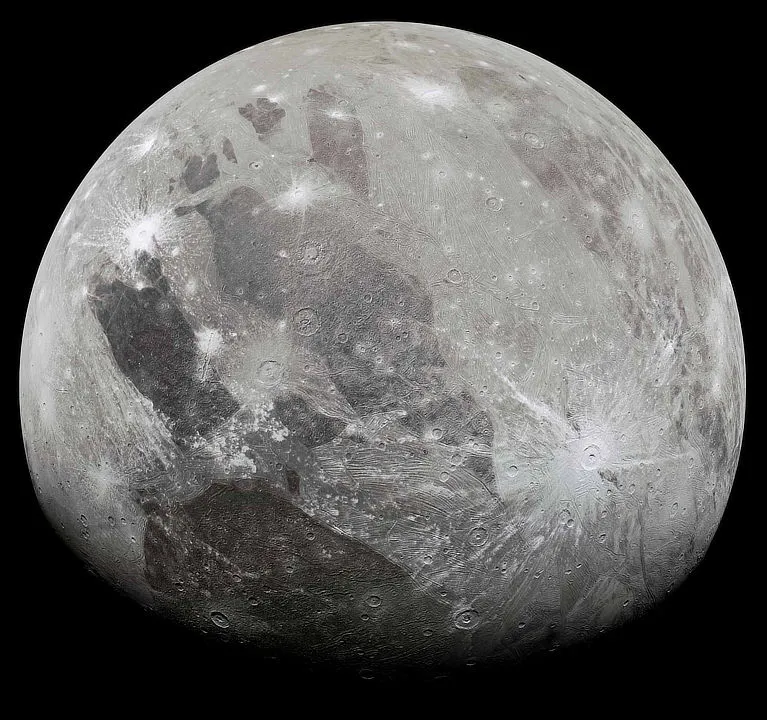
Jupiter's magnetic fields
The magnetic fields were previously investigated by NASA’s Galileo spacecraft, which carried out a ground-breaking study of the Jovian system in the late 1990s and early 2000s.
Through fly-bys of the Galilean moons – Io, Europa, Ganymede and Callisto – the mission painted a remarkable portrait of the four largest moons of Jupiter, one that showed each satellite to be captivating in its own right.
Galileo’s pictures revealed the moons’ surfaces in a level of detail never before seen:
- Io with its sulphurous yellow globe scarred by numerous volcanoes
- Europa and its ice crust riven with immense fissures and fractures
- Ganymede and Callisto, the former larger than the planet Mercury, with their cratered, frozen forms
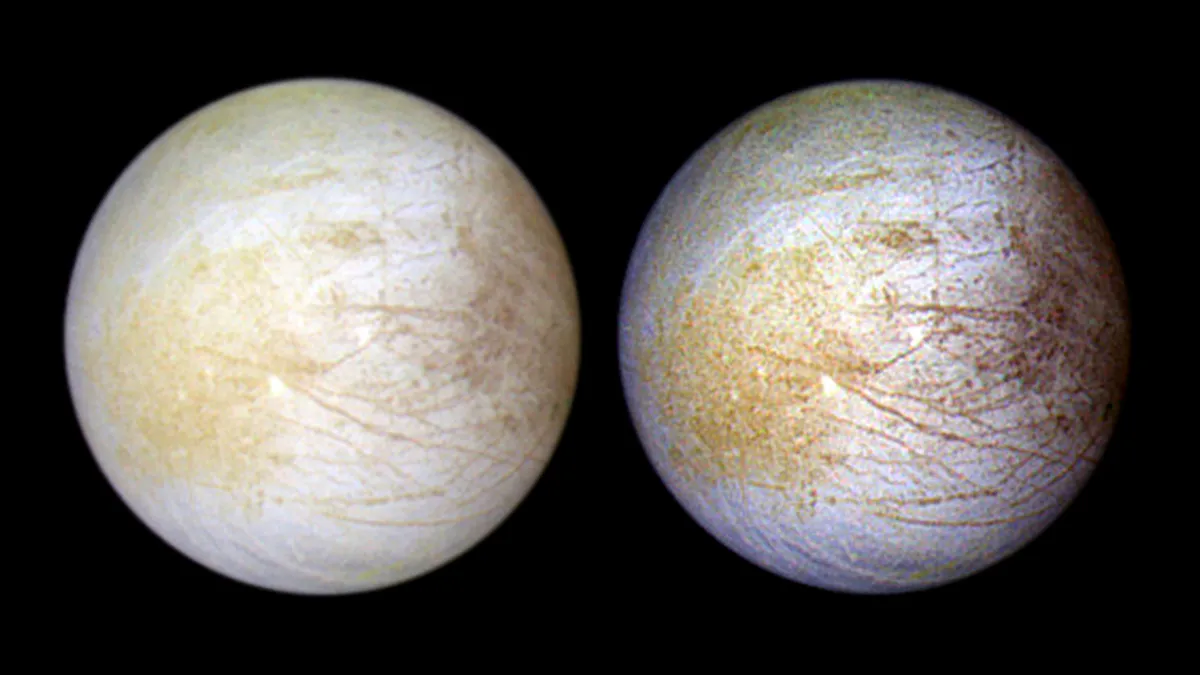
Yet it was the magnetic field data from the last three that particularly intrigued scientists.
This seemed to suggest that deep beneath the frozen exteriors of these moons were salty, liquid water oceans.
Given liquid water’s link to habitable environments and life on Earth, the results were tantalising.
What’s more, the quantities may be substantial – some estimates suggest there could be more water within Ganymede than there is sloshing around on our own planet.
Fast-forward to the findings of the more recent Cassini mission – which explored Saturn and its moons, observing immense plumes of water vapour jetting from the moon Enceladus and evidence for a liquid water ocean within Titan – and it becomes clear why interest in these icy satellites has only accelerated.
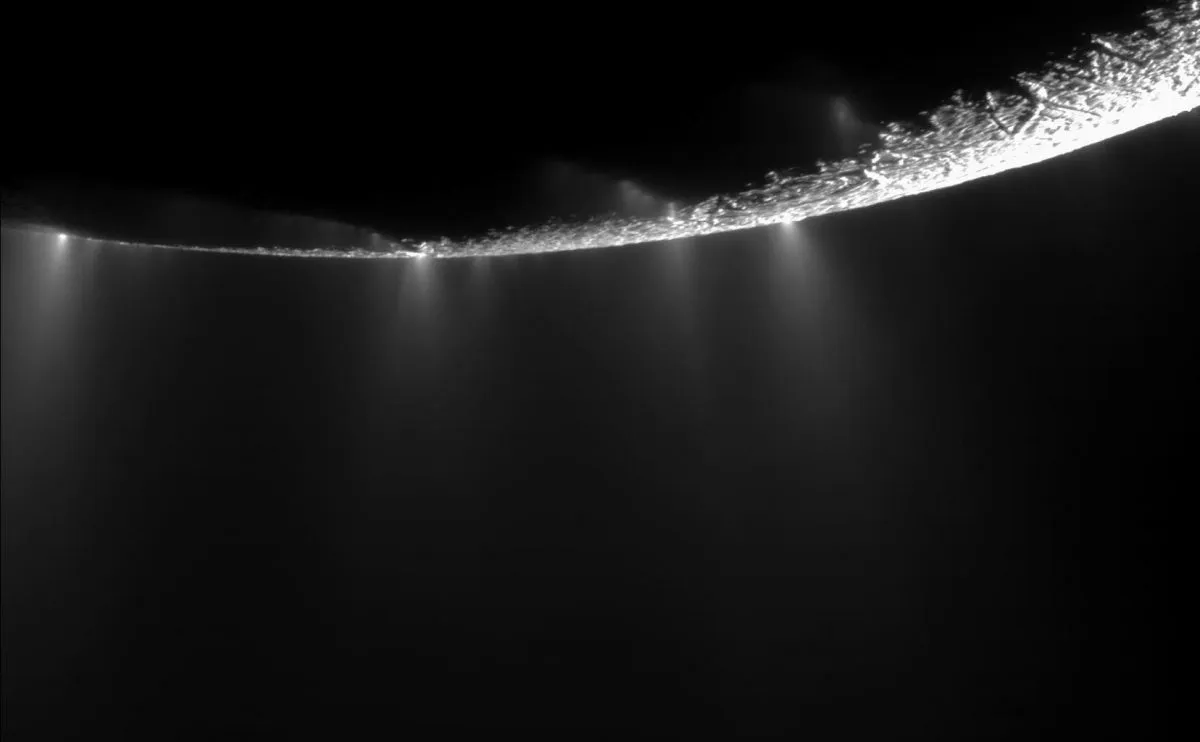
"All of those discoveries have now focused our minds," says Dougherty. "If we’re searching for habitability, we don’t need to focus on Mars only, we can look further out in our Solar System."
It’s in this context that JUICE now finds itself bound for distant Jupiter, not just to explore an intriguing collection of worlds, but to gain a deeper understanding of potential environments for life in our planetary neighbourhood and, by extension, similar spots in other star systems.
When it arrives at Jupiter in 2031, JUICE will be fully equipped to scrutinise the moons it studies.
As well as cameras, its onboard hardware includes a laser altimeter, an instrument for studying the gravity fields of its targets, spectrometers for establishing surface compositions, and the magnetometer that Dougherty and her colleagues have been working on.
It will initially spend several years performing fly-bys of Europa, Callisto and Ganymede, examining them up-close.
While Europa will get its own dedicated visitor in the coming decade in the form of NASA’s Europa Clipper mission, it’s Ganymede that JUICE has set its sights on.
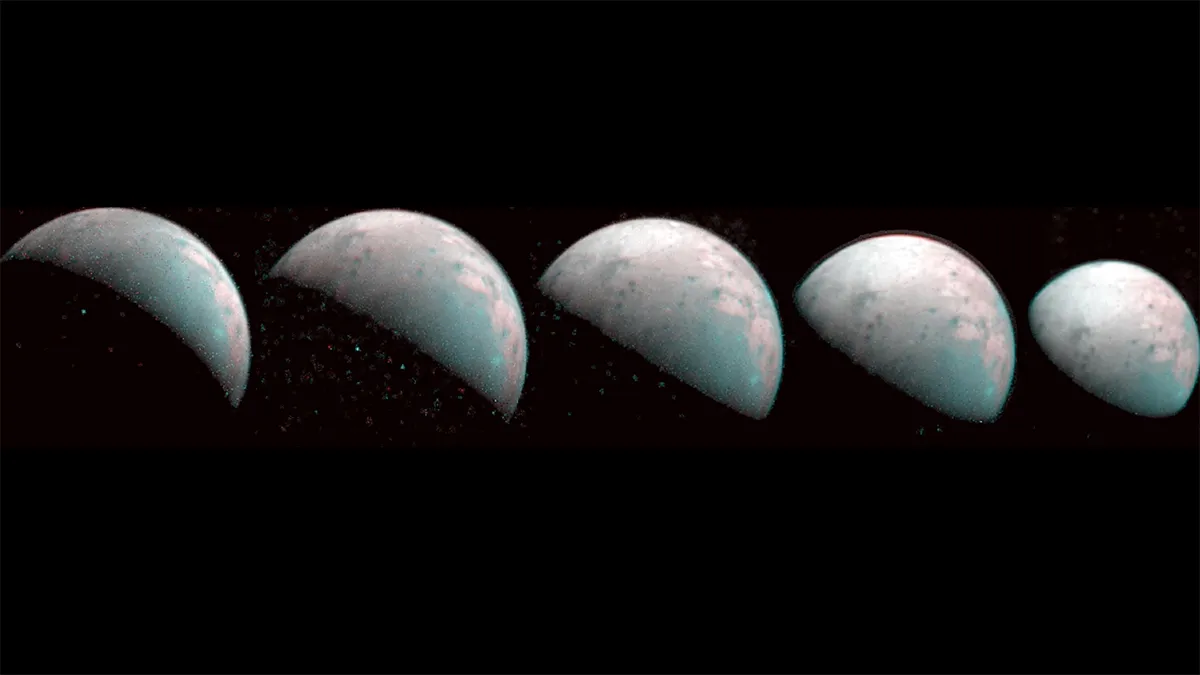
The spacecraft will enter into orbit around the 5,260km-wide moon in December 2034 and spend around nine months circling the satellite gathering an extraordinarily rich data set.
It will be in this phase that Dougherty and her colleagues working on JUICE’s magnetometer will really get a chance to pin down the internal structure of the moon and the nature of the water lying beneath its icy crust.
The instrument will be looking for what Dougherty calls ‘induction signatures’, signs of magnetic fields that arise from electrical currents – driven by Jupiter’s own magnetic field – flowing through the subsurface ocean.
And they can contain clues to the nature of the ocean itself, such as its depth and salt content.
It will take considerable work, however, to pick these ‘signatures’ out from the other magnetic fields within the system, including that generated by Jupiter, one originating from an immense sheet-like cloud of plasma encircling the gas giant, and another emerging from Ganymede itself.
Each of these fields is constantly varying, complicating the search for the induction signatures considerably.
"The way that I like to describe it, is it’s like trying to find lots of needles in a haystack and those needles are changing shape and colour all the time," says Dougherty.
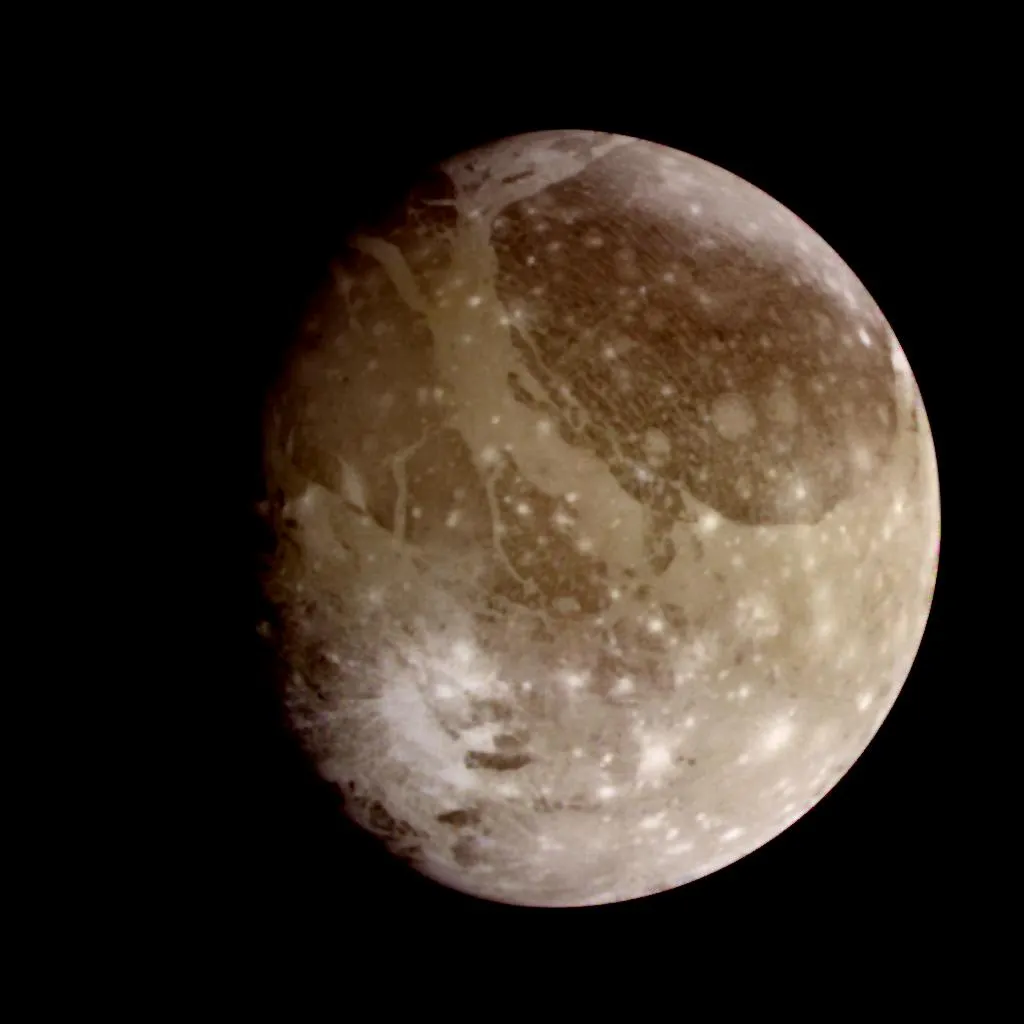
Exploring what lies beneath Ganymede’s surface will be key to helping scientists get insights into worlds far beyond the realm of the Sun.
"We’re sure there are many other planets and moons out in our Universe which have a similar internal structure to Ganymede, and Ganymede allows us to better understand them and how they might have formed," explains Dougherty.
It’s not just at Ganymede that JUICE will be tackling big unresolved questions.
Neighbouring Callisto, it would seem, is the odd one out of Jupiter’s icy moons, in that its subsurface structure doesn’t appear to be what planetary scientists call differentiated.
"There isn’t a solid core and there aren’t the different layers in the interior that we’re almost certain we have at Europa and at Ganymede, and the question is why?" says Dougherty.
"All of those moons formed at the same time. Why is the internal structure of Callisto so different?" JUICE will look for answers as it flies by.
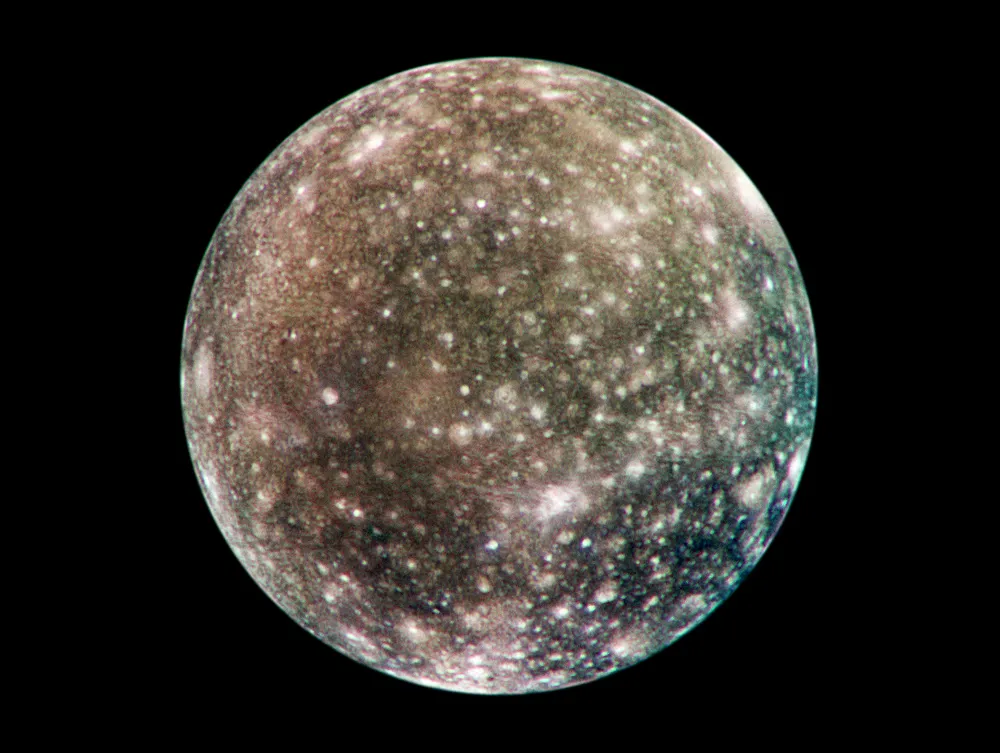
While JUICE’s focus will be on the icy worlds around Jupiter, it will also be examining the gas giant itself.
Professor Leigh Fletcher, a planetary scientist based at the University of Leicester, will be coordinating JUICE’s observations of Jupiter and says there is scientific instrumentation on board that "turns the dial to 11" compared to the capabilities of previous spacecraft.
These include the Sub-millimetre Wave Instrument, which is capable of observing the planet at sub-millimetre wavelengths of light.
"That’s tremendously exciting for an atmospheric scientist," says Fletcher, "as it allows us to directly measure the winds and circulation high in the stratosphere, a feat that no previous mission has ever accomplished."
JUICE’s orbit around the planet will also help it get detailed observations of the giant world of seething clouds and swirling storms.
"There are long periods where we can monitor the atmosphere and magnetosphere to see how the Jupiter system changes and shifts over time," says Fletcher.
"Snapshots are not enough to understand this complex system; we need to see how it changes."
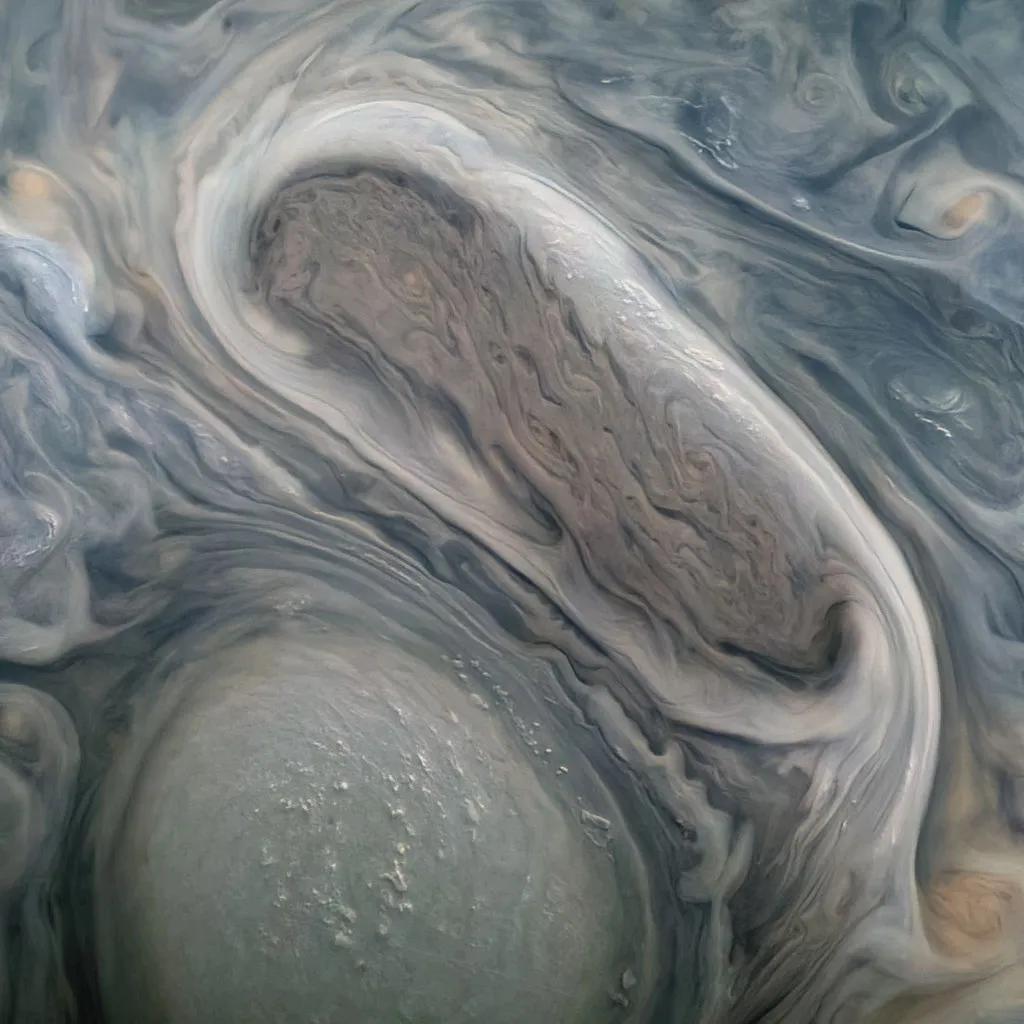
Surviving the radiation at Jupiter
To survive the incredible years-long adventure, JUICE has had to be designed to withstand the radiation environment found at Jupiter.
"We have also designed an orbit that will keep us away from the worst of Jupiter’s radiation belts – which is why we only venture in as close as Europa twice, and why we’ll only be able to view Io from a distance," explains Fletcher.
But, he says, it’s on our own planet where the mission has faced its biggest challenge, in the form of the global COVID pandemic.
"Instrumentation developed in labs, institutions and industrial sites across the world had to be brought together by land, air and sea at a time when international travel and collaborative in-person working was facing a challenge like no other," says Fletcher.
"When JUICE sits atop that Ariane 5, waiting to start the next phase of its journey, it will be testament to the sustained effort of thousands here on Earth, under challenges that no one foresaw when we were first dreaming of Europe’s mission to Jupiter."
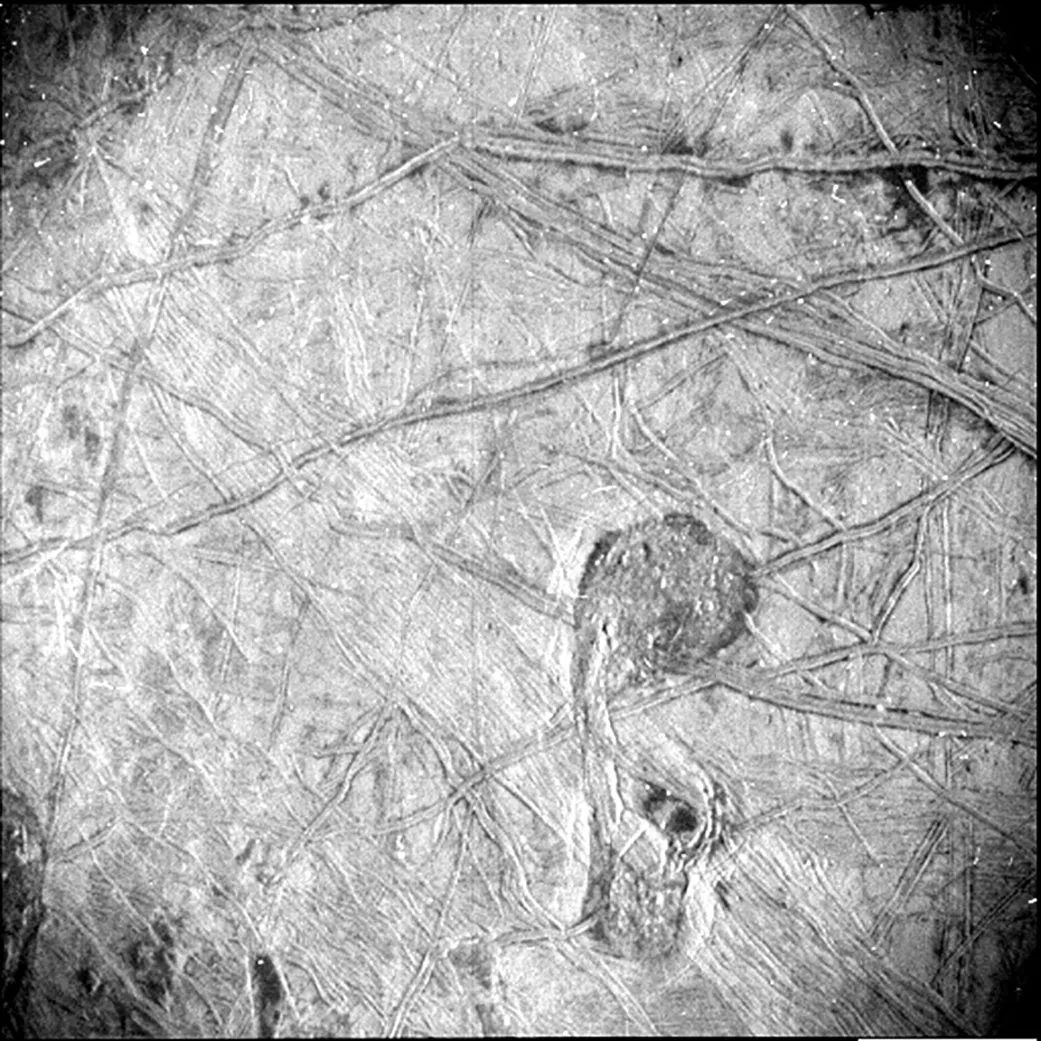
Life on Jupiter's icy moons?
There are only a few spots in our Solar System where large bodies of liquid water are either present or strongly suspected: Earth itself, and the interiors of some of the icy moons of the gas giants.
Where there’s liquid water on our own planet we almost always find lifeforms, and so the faraway oceans of the icy moons have become sites of immense interest in the search for life beyond our own world.
Among the forces thought to be heating the insides of Jupiter’s largest moons is the gravitational push and pull between themselves, as well as with the giant planet – a process that warms them through friction.
In the case of the icy moons, this heating is likely to be what is keeping their interior oceans liquid beneath icy crusts 15–150km thick.
At Saturn, the Cassini mission found evidence of possible hydrothermal vent activity in the subsurface ocean of its icy moon Enceladus.
Is a similar thing happening at Ganymede, Callisto or Europa?
On Earth such locations are often teeming with life. Could microbes be surviving in the depths of these Jovian moons?
Though JUICE may not be able to answer for certain, it provides a great opportunity to begin that process.
This article originally appeared in the April 2023 issue of BBC Sky at Night Magazine.
